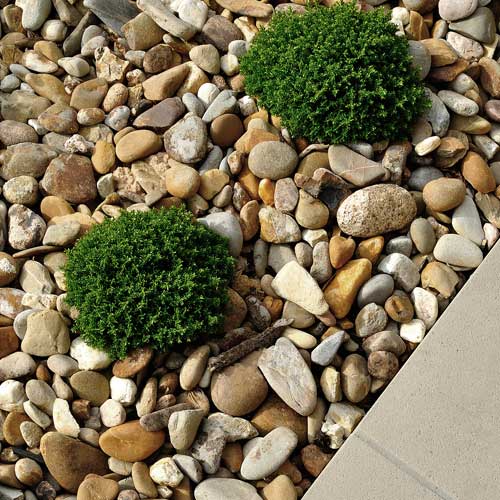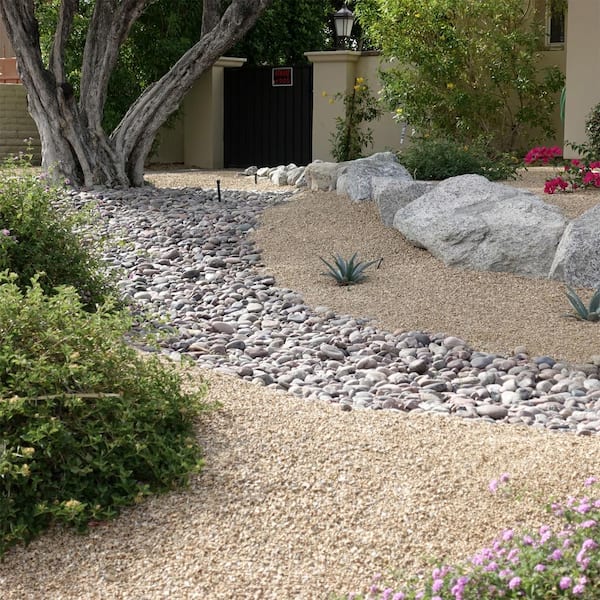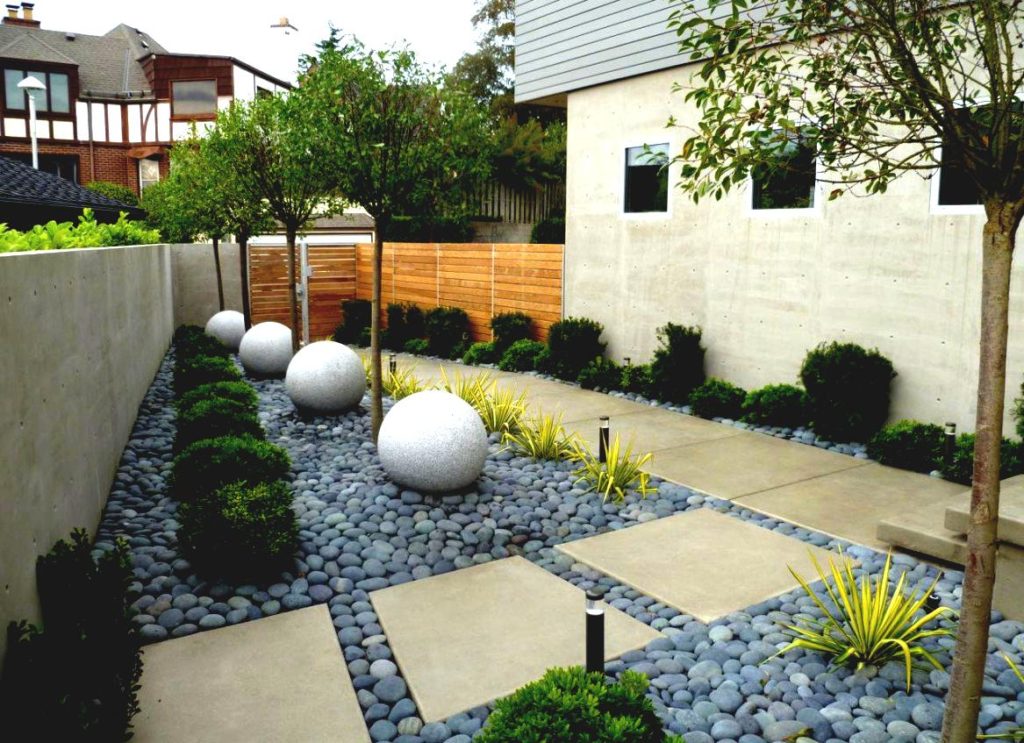What is Decorative Rock?
Decorative rock, often referred to as ornamental rock or landscape stone, is a versatile and visually appealing material used to enhance the beauty of outdoor spaces. From gardens to pathways, decorative rock can serve multiple purposes, all while providing a touch of elegance to your yard.
Why Choose Decorative Rock for Your Yard?
Using decorative rock in your landscape design comes with a plethora of benefits. Here are some reasons why this material is a fantastic choice:
- Low Maintenance: Unlike grass or other plants, decorative rock requires minimal upkeep, making it ideal for busy homeowners.
- Durability: Rocks can withstand various weather conditions without deteriorating, ensuring a long-lasting aesthetic.
- Versatility: Decorative rocks come in various colors, shapes, and sizes, allowing for creative designs tailored to personal styles.
- Weed Control: Layering decorative rock can help suppress weeds, reducing the need for herbicides.
Types of Decorative Rock
Choosing the right type of decorative rock is crucial for achieving your desired look. Here’s a breakdown of popular options:
1. River Rock
River rocks are smooth, rounded stones that provide a natural look. They are perfect for garden beds and water features.
2. Crushed Stone
Crushed stone is a versatile option that comes in various colors and sizes. It’s ideal for driveways, paths, and as a base for other landscaping materials.
3. Lava Rock
Lava rock is lightweight and porous, making it excellent for drainage. Its unique texture provides a striking contrast in gardens.
4. Decorative Gravel
Gravel can vary in size and color, offering flexibility in container gardens or as a filler around stepping stones.
Design Ideas for Incorporating Decorative Rock in Your Yard
Incorporating decorative rock can elevate your landscape design in numerous ways. Here are some creative ideas:
1. Rock Gardens
Create a stunning rock garden using a mix of large and small stones complemented by drought-resistant plants.

2. Pathways
Design a winding pathway with gravel or larger stones to guide guests through your yard.
3. Water Features
Integrate river rocks around ponds or fountains to enhance the natural beauty of water elements.

4. Flower Bed Borders
Use decorative rock as a border for flower beds to define spaces and add texture.
How to Choose the Right Decorative Rock for Your Project
Selecting the right decorative rock involves considering several factors:
1. Color
Choose colors that complement your home and other landscaping elements.

2. Size
Consider the scale of your project. Larger rocks can serve as focal points, while smaller stones can fill in gaps.
3. Texture
Mix different textures to create depth and interest in your landscape design.

Installation Guide: How to Use Decorative Rock Effectively
Step 1: Planning Your Layout
Before starting, sketch your design to visualize the layout and ensure you have the right amount of rock.
Step 2: Ground Preparation
Clear the area of weeds and debris. For optimal results, lay down landscaping fabric to deter weed growth.
Step 3: Adding the Rock
Spread the decorative rock evenly on the prepared area, following your design plan.
Step 4: Maintenance Tips
Occasionally check for weeds and clean the area to keep it looking pristine.

Pros and Cons of Using Decorative Rock
| Pros | Cons |
|---|---|
| Low maintenance | Can be more expensive than mulch initially |
| Long-lasting | Can retain heat in hot climates |
| Variety of options | Heavy to move and install |
| Helps with drainage | May be difficult for planting in some areas |
Personal Experience: My Journey with Decorative Rock in My Yard
When I first moved into my home, I was overwhelmed by the yard’s maintenance needs. The grass was patchy, and weeds were everywhere. After researching options, I decided to transform my yard using decorative rock. I opted for a stunning mix of river rock and crushed stone to create pathways and borders for my flower beds.
The end result was a beautiful, low-maintenance landscape that not only enhanced my home’s curb appeal but also saved me countless hours of yard work. Friends and family often compliment my yard, and I take pride in knowing I made a smart investment.

Frequently Asked Questions (FAQs)
1. Is decorative rock good for drainage?
Yes, decorative rock is excellent for drainage. Its porous nature allows water to flow through, preventing pooling.
2. How much decorative rock do I need?
The amount of decorative rock needed depends on the area size and the desired depth. A general rule is 1 ton of rock for 100 square feet at a depth of 2 inches.
3. Can I plant flowers with decorative rock?
Yes, you can plant flowers alongside decorative rock. Just ensure to leave enough space for growth and provide adequate soil for your plants.
4. How often do I need to replace decorative rock?
Decorative rock can last for years with minimal maintenance. You may need to replace it if you notice it becoming discolored or compacted.
5. What is the best way to clean decorative rock?
To clean decorative rock, simply use a broom or leaf blower to remove debris, and rinse with water when necessary.